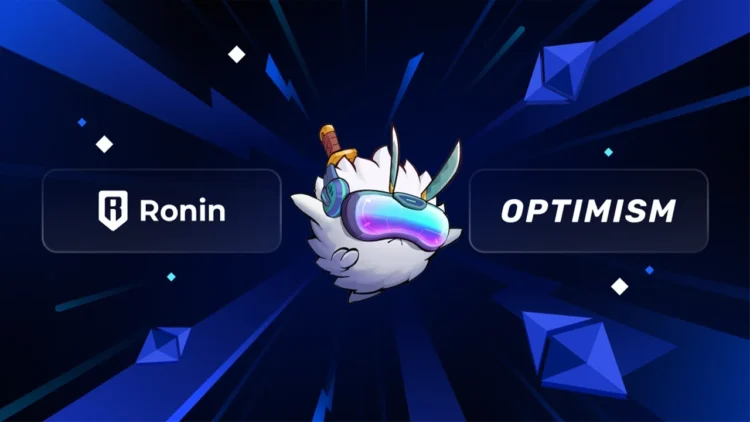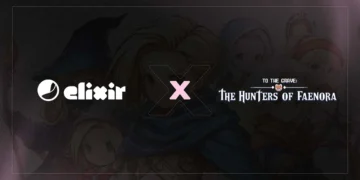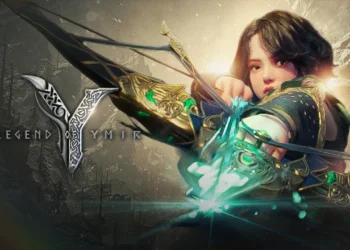Quick Take
- Ronin will migrate to an Ethereum Layer-2 using Optimism’s OP Stack
- Integration unlocks up to $7M in grants and access to the Superchain’s $OP Retro Fund
- Transition enhances Ronin’s speed, security, and developer tooling for Web3 games
Ronin Selects Optimism as Layer-2 Foundation After Intense Bidding War
Ronin, the gaming-first blockchain built by Sky Mavis, will migrate to an Ethereum Layer-2 using the OP Stack. The decision follows a competitive bidding process involving major Ethereum scaling projects including Arbitrum, Polygon, and ZKsync.
The vote by Ronin’s governing validators finalized the adoption of Optimism’s open-source OP Stack, a modular set of tools that powers chains like Coinbase’s Base, Kraken’s Ink, and Uniswap’s upcoming Unichain. This move will transition Ronin from a standalone sidechain into a full-fledged Ethereum L2, integrating directly into the Optimism-led Superchain ecosystem.
Key Upgrade: Performance, Security, and Grants
The technical benefits of the migration center on increased transaction throughput and stronger security. Ronin expects to reach block times between 100 to 200 milliseconds, with throughput potential of up to one million transactions per second. As an L2, it will also inherit Ethereum’s base-layer security guarantees.
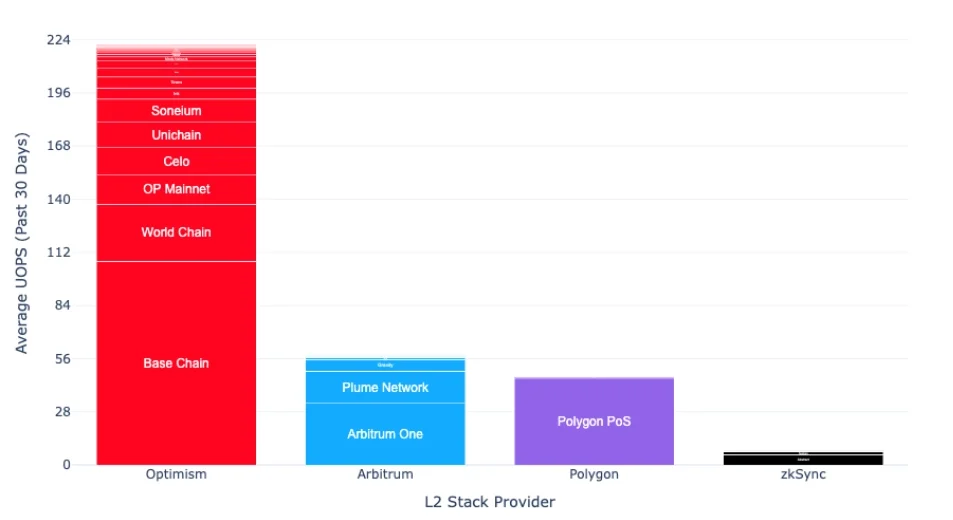
The upgrade includes up to $7 million in milestone-based grants funded by the Optimism Foundation, Eigen Labs, and Boundless. Token distributions will include $OP, $EIGEN, and $ZKC, with allocations tied to performance and usage targets.
Builders deploying Web3 games and tools on Ronin will also be eligible for rewards from the 850 million $OP Retro Fund. Infrastructure discounts for services like oracles, indexers, and explorers will be made available to developers on the network.
Ronin Joins the Superchain Ecosystem
By aligning with the OP Stack, Ronin enters the Superchain, a shared Ethereum L2 environment powered by Optimism. The Superchain allows for cross-network collaboration, developer interoperability, and shared infrastructure tooling among participating networks.
Projects like Base, Mantle, and the forthcoming Unichain are already part of this collective. Ronin’s integration brings a gaming-first blockchain into that fold, positioning it closer to leading DeFi and NFT ecosystems.
Sky Mavis calls Ronin the “gamification engine” of Ethereum, and its inclusion in the Superchain aligns that vision with broader Ethereum-based infrastructure efforts.
What This Means for RON Users
No immediate action is required from current users or developers. All products and applications will continue functioning as before, and $RON will remain the native gas token on the network after the migration.
The transition is expected to complete by mid-2026, in time for Ronin’s planned rollout of Proof-of-Distribution staking and new gamified economic models.
In the meantime, Sky Mavis and the Ronin ecosystem will continue onboarding new developers, expanding DeFi integrations, and supporting NFT-based gaming titles.
The OP Stack integration positions Ronin as a long-term player within Ethereum’s L2 ecosystem, with a focus on scalable Web3 gaming infrastructure supported by shared resources and a robust validator framework.

